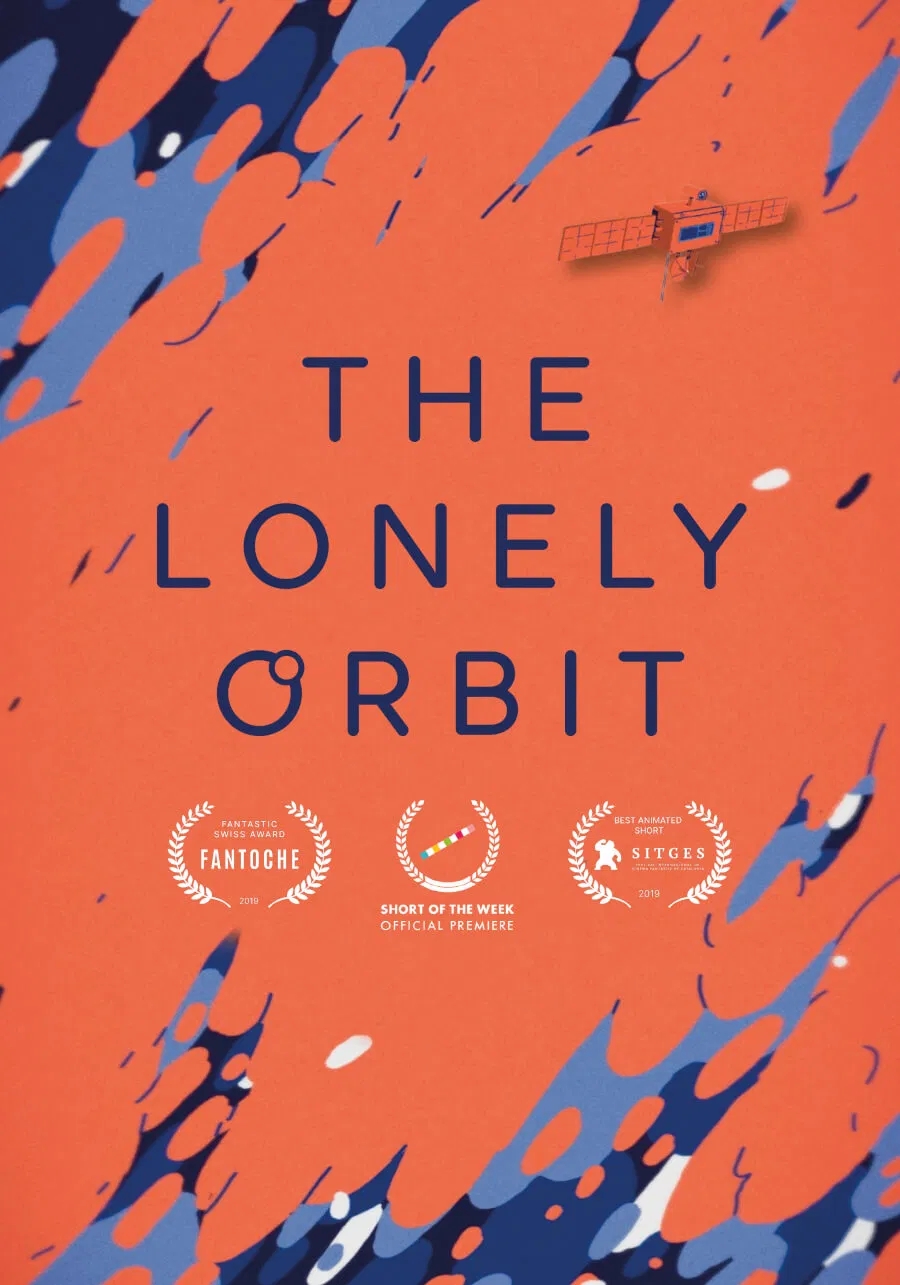Story
Directed by Yasujiro Ozu, this film is a seminal work in Japanese cinema and is considered one of Ozu’s masterpieces. As a director, Ozu is renowned for his contemplative style, impeccable framing, and emphasis on family and societal issues. He frequently made use of "tatami shots," a low angle perspective that mirrors the view from a traditional Japanese floor mat. Over his career, Ozu created a profound body of work that delves into the intersections of generational conflict and the evolving nature of Japanese culture post-war.The cast features Chishû Ryû and Setsuko Hara in pivotal roles. Chishû Ryû, a frequent collaborator with Ozu, plays the father, Shukichi Somiya, who is concerned with the future of his daughter. Setsuko Hara, another Ozu regular, delivers a nuanced performance as Noriko, the daughter grappling with societal expectations around marriage and filial duty. Their emotional performances anchor the film, creating a poignant depiction of familial love and sacrifice. Hara’s portrayal of Noriko became iconic, capturing the essence of a young woman trapped between personal desires and societal obligations.The story revolves around the central theme of tradition versus modernity, a recurring motif in Ozu’s films. The narrative focuses on the bond between a widowed father and his unmarried daughter. The father encourages his daughter to get married for her future happiness, even though it means disrupting the harmony of their current life together. The film’s delicate portrayal of these relationships has been lauded for its emotional depth and cultural insight. It was also honored with the prestigious Kinema Junpo Award for Best Film in Japan and is consistently listed among the greatest films ever made, notably ranking in the top tier of the Sight & Sound poll of the greatest films of all time.


















